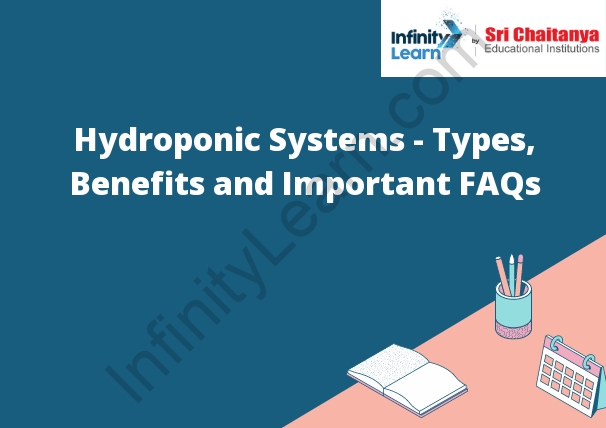Table of Contents
Types of Hydroponic Systems
There are six main types of hydroponic systems: Wick, Water Culture, Ebb and Flow, Drip, Nutrient Film Technique (NFT), and Aeroponics.
1. Wick system: A Wick system is one of the simplest hydroponic systems. Plants are grown in a container of soil or an aggregate medium. A wick made of cotton, nylon, or other material is placed in the soil and water is wicked up the wick into the soil. The wick must be kept wet in order to provide water to the plants.
2. Water culture system: A water culture system is a type of hydroponic system that uses an aquarium or other container to hold the plants and the nutrient solution. The plants are placed in holes in the top of the container and the nutrient solution is circulated around the plants by an air pump.
3. Ebb and Flow system: An Ebb and Flow system is a type of hydroponic system that uses a tray or container to hold the plants and the nutrient solution. The tray is placed in a shallow pool of water and the nutrient solution is pumped from the pool up to the tray. When the nutrient solution reaches the tray, it flows back down to the pool. This system is also called a Flood and Drain system.
4. Drip system: A drip system is a type of hydroponic system that uses a series of tubes to deliver the nutrient solution to

In Spite of All the Benefits, There Are a Few Drawbacks of Using Hydroponics
1. There is a higher initial investment in equipment and supplies.
2. It can be more difficult to regulate the environment in a hydroponic system, which can lead to problems with plant growth.
3. Hydroponic systems require more frequent maintenance and cleaning than traditional soil gardens.
4. Hydroponic systems are not always suitable for growing all types of plants.






